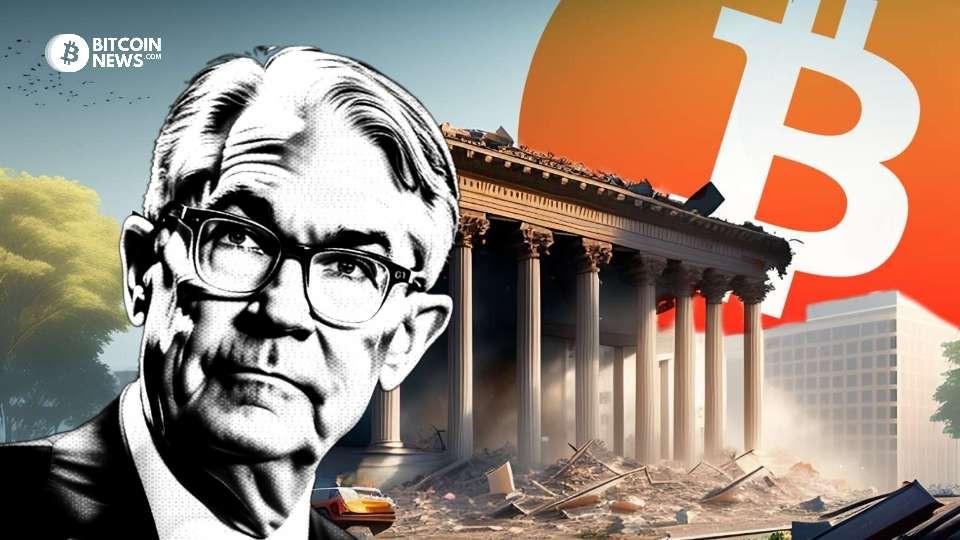The stagflationary debt crisis is now more likely to happen, due to the recent banking sector stress and it will possibly be more severe.
🚨 “Banks are technically insolvent” – @profstonge pic.twitter.com/TGRgFqw6Rr
— Bitcoin News ⚡ (@BitcoinNewsCom) April 2, 2023
The yield on 10-year U.S. treasury bonds was at roughly 1% in January 2022, and the German bonds were trading at -0.5%. That signaled the drastically bad effect inflation would have for stocks and bonds.
An increase in inflation could increase bond yields, which only means bad things for stocks. Because there’s an inverse relation between yields and bond prices, higher yields indicate a price fall for them.
Many bankers, investors, and regulators seem to be forgetting about the duration risk. The rising inflation in 2022 led to higher bond yields and the 10-year treasury bonds lost more than 20% in value, bringing bad news for anyone holding long-term, fixed-income assets denominated in U.S. dollars or euros.
These investors are stuck between a rock and a hard place, as by the end of 2022 U.S. banks faced an unrealized loss of $620 billion on securities — roughly one-third of their total capital.
The interest rates that banks are paying on their loans are higher than they have been in the past, reducing the market value of their other assets. If you borrow money long term at a rate of 1%, and those rates then go up to 3%, the true worth of your loan (what someone else would pay you for it) will fall. This calculation accounts for bank losses that haven’t been realized yet — which amounts to $1.75 trillion, or 80% of their total capital.
The fact that these losses are “unrealized” is associated with the nature of the current banking and regulatory structure, which allows banks to value securities and loans at cost, rather than current market price.
According to the quality of their capital, most U.S. banks are technically insolvent. Hundreds are already fully insolvent.
The real value of banks’ liabilities decreases as inflation rises, while their “deposit franchise” increases. That is an asset that is not even on the balance sheets. When interest rates are higher, the value of this asset increases. According to some estimates, the total value of deposit franchises held by U.S. banks has climbed by nearly $1.75 trillion as a result of higher interest rates.
The deposit franchise can only exist if depositors keep their money in the banks. If depositors leave, the bank’s deposit franchise disappears, and unrealized losses on securities suddenly become realized as banks sell assets at market price to meet withdrawal demands. The bank could then go bankrupt if withdrawals exceed deposits. This is exactly what happened with Silicon Valley Bank.
The “deposit-franchise” theory makes the erroneous assumption that most depositors are stupid and won’t move money from their 0% bank accounts to secure money market funds where they may earn 4% or more. It seems depositors are not so careless, and the present flight of insured and uninsured funds is probably motivated by both their desire for greater returns and their worries about the safeguarding of their money.
Banks took on a highly predictable duration risk to boost their net interest margins, because, after 15 years following the 2008 financial crisis, the interest-rate sensitivity of the deposits almost came back to normal, capitalizing on the fact that losses on government bonds and mortgage-backed securities did not need to be marked to market. Regulators did not put banks through stress tests to determine how they would fare in the event of a sudden increase in interest rates. This is basically how the economy is falling into a debt trap.
This house of cards is falling apart. Due to the crucial role that regional banks play in funding small- and medium-sized businesses, families, and other financial institutions, the credit crisis brought on by the current banking stress will make it harder for the U.S. economy to recover.



